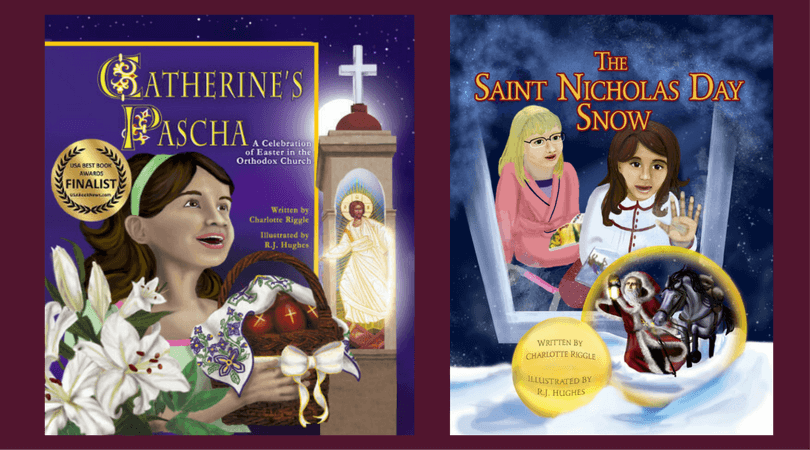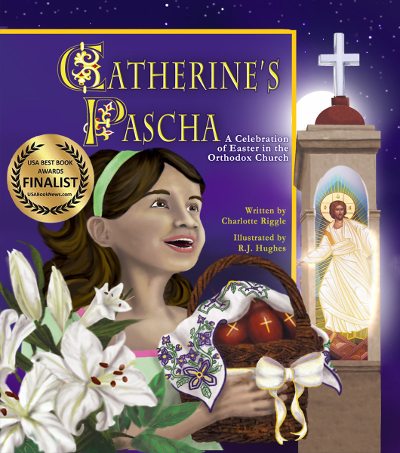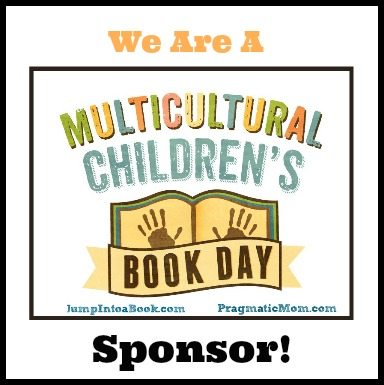It’s interesting to have a birthday on a holiday, like Halloween or St. Patrick’s Day. (Maybe not so much Christmas, since that holiday is so big that birthdays get forgotten.)
It’s even more interesting to have a birthday that falls on two holidays. That’s me. My birthday is on Groundhog’s Day. And it’s also on the Feast of the Presentation of our Lord in the Temple.
When I was a little girl, I knew about Groundhog’s Day, of course. I didn’t know about the Presentation until I was all grown up and became Orthodox. And I wondered, if my parents had been Orthodox, whether I’d have been named Anna instead of Charlotte.
Occasionally, I wondered what Groundhog’s Day and the Presentation of our Lord had to do with each other. Is it just a coincidence that they’re on the same day? Or is there some sort of historical connection?
Let’s start with the Presentation. We know, from the Gospel of Luke, that Joseph and Mary took Jesus to the Temple in Jerusalem on the 40th day after his birth. In the early years of the Church, when the Presentation first shows up in the historical record, it was called the 40 days after Theophany, because Theophany and Christmas were still combined. When they were separated, the Presentation moved so that it was 40 days after Christmas.
The Armenians, of course, never separated Theophany and Christmas, so they will celebrate the Presentation on February 14, 40 days after they celebrate our Lord’s Nativity. And Orthodox Christians on the Old Calendar will celebrate the next day, which is February 15 on the civil calendar, but still February 2 in the Church.
In Europe, the Presentation was considered a festival of light. The Presentation is remembered in the hymn of St. Symeon, which we sing every time we celebrate Vespers:
Lord, now lettest thou thy servant depart in peace according to thy word.
For mine eyes have seen thy salvation,
Which thou hast prepared before the face of all people;
A light to enlighten the Gentiles and the glory of thy people Israel.
So it was natural that the Presentation was celebrated with light. In the Middle East, that meant oil lamps. In Europe, where olive oil was rare and expensive, it meant candles.
So, in Europe, the Presentation was celebrated with processions and candles. People began bringing candles to church to be blessed. Over time, the feast came to be called Candlemas. And it was considered a pivotal point in the church year, where we shift from thinking about the birth of our Lord to his passion, death, and resurrection.
It was also a pivotal point in the year in another way. It was late winter, a time for assessing whether you had enough food stored up to last until spring. And not just for the people, but for the animals as well. Was there enough fodder to keep them until the grass came in? Or would you be better off butchering some now, so that the people could eat and the other animals would more readily survive?
So at Candlemas time, weather forecasters tried to determine how much winter was left. It was important. It could literally be a matter of life or death. There were many, many folk rhymes that would tell you what to expect. Like this one from Scotland:
If Candlemas day be dry and fair,
The half o’ winter to come and mair,
If Candlemas day be wet and foul,
The half of winter’s gone at Yule.
Or this one from Germany:
For as the sun shines on Candlemas Day,
So far will the snow swirl until the May.
In many parts of Europe, not just the weather, but the behavior of hibernating animals on Candlemas Day was part of the forecasting system. In Germany, the hedgehog was most commonly consulted. When German settlers came to the New World, they brought their system of forecasting with them, but in their new home there were no hedgehogs. So they consulted the groundhog instead.
May you have a joyous feast today, whatever the weather!
Read More
Times and seasons: My grandmother taught me that life has seasons. And the Church teaches the same thing.
Faceblindness in the family: Faceblindness is a neurological condition that makes it difficult or impossible to recognize faces. I didn’t know I had it until I was a grown woman with kids. And it explained so much about my life.
Justinian and Theodora: A Love Story: St. Theodora, the wife and co-ruler with St. Justinian the Great, is one of my very favorite saints.
Buy the Books!

These delightfully diverse books provide disability representation (Elizabeth, one of the main characters, is an ambulatory wheelchair user). They also give Orthodox Christian children the rare opportunity to see themselves in books, and children who are not Orthodox the chance to see cultural practices they may not be familiar with.
Catherine’s Pascha
FINALIST IN THE 2015 USA BEST BOOK AWARDS
Catherine doesn’t like vegetables. She doesn’t like naps. She doesn’t like it when her mom combs her hair. She loves hot dogs, chocolate cake, and her best friend, Elizabeth. Most of all, she loves Pascha! Pascha, the Orthodox Christian Easter, is celebrated in the middle of the night, with processions and candles and bells and singing. And Catherine insists that she’s not a bit sleepy.
Celebrate the joy of Pascha through the magic of a book: Catherine’s Pascha. Available on Amazon, Bookshop.org, and my webstore.
The Saint Nicholas Day Snow
Shoes or stockings? Horse or sleigh? Does St. Nicholas visit on December 6 or on Christmas Eve? Will a little girl’s prayer be answered? When Elizabeth has to stay at Catherine’s house, she’s worried about her grandmother, and worried that St. Nicholas won’t find her. The grownups, though, are worried about snow.
Celebrate the wonder of St. Nicholas Day through the magic of a book: The Saint Nicholas Day Snow. Available on Amazon, Bookshop.org, or my webstore.

![Candles. By Dudva (Own work) [CC BY-SA 3.0 (http://creativecommons.org/licenses/by-sa/3.0)], via Wikimedia Commons](https://charlotteriggle.com/wp-content/uploads/2016/01/Candles_in_the_church.jpg)


Thank you for sharing this important information on your special day. Happy Birthday!
Happy Birthday Charli, I love the poetry from different countries regarding Candlemas Day
Thank you, Cheri! I had so much fun finding the connections between the celebrations. I’m glad you enjoyed it, too!
Happy Birthday. My grandparents always told us to watch the animals. They knew when to plant in the spring based on the animals’ behavior. This article brought back sayings they had.
Sounds like your grandparents were wise.